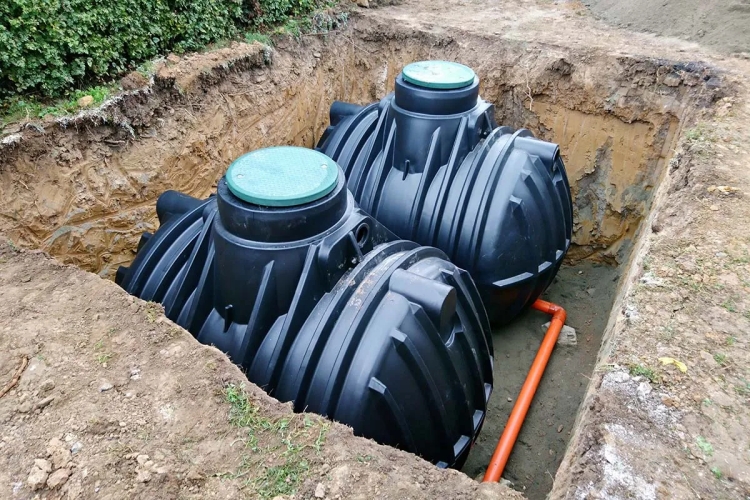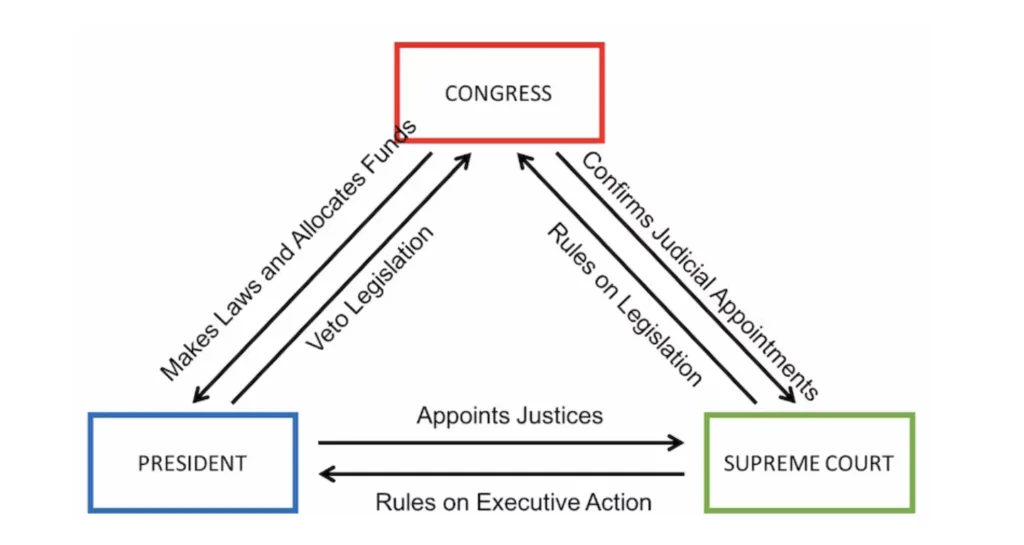Signs You Need a New Soakaway System

A soakaway system plays a crucial role in managing excess water around your property. Over time, however, even the best systems can fail. But how do you know when it’s time to replace yours? Let’s dive into the tell-tale signs and why acting quickly is essential for your home’s health.
If you’re looking for reliable soakaways in Colchester, check out this expert service for all your drainage needs.
What Is a Soakaway System?
A soakaway is an underground system designed to manage rainwater and runoff. It channels water into a pit filled with gravel or rubble, allowing it to gradually seep into the surrounding soil. This prevents surface water from causing flooding or damage.
Why Do Soakaway Systems Fail?
Soakaway systems don’t last forever. Over time, blockages, wear and tear, or poor installation can lead to issues. Recognizing these problems early can save you from costly repairs down the line.
1. Persistent Water Pooling in Your Garden
One of the first signs of a failing soakaway is standing water in your garden after rain. If the system isn’t draining water effectively, it may be blocked or collapsed.
What Causes This?
- Clogged debris like leaves or soil
- Compact soil around the soakaway preventing drainage
- An undersized system for your property’s needs
2. Slow-Draining Gutters and Drains
Are your gutters and external drains taking longer to clear water? This could indicate your soakaway is saturated or struggling to handle the water volume.
Quick Fixes vs. Long-Term Solutions
While cleaning your gutters might help temporarily, replacing the soakaway is often the only lasting solution.
3. Flooding Near Your Home’s Foundation
Flooding around your home’s base is a major red flag. This happens when the soakaway fails to direct water away efficiently, increasing the risk of structural damage.
Why It’s Dangerous
Prolonged exposure to water can weaken foundations, leading to cracks and instability.
4. Foul Odors Around the Soakaway Area
A properly functioning soakaway shouldn’t smell. If you notice unpleasant odors, it could mean organic matter is rotting inside the system.
Potential Causes
- Blockages from grease, food waste, or debris
- Poor ventilation in the soakaway design
5. Overflowing Septic Tank
If your property has a septic tank connected to the soakaway, overflowing could signal that the system is overwhelmed.
What to Look Out For
- Frequent septic tank pumping
- Sewage smells in the garden
6. Rising Damp Inside Your Home
Have you spotted damp patches or peeling wallpaper indoors? Faulty soakaways can cause water to seep into your walls, leading to rising damp.
How to Spot It Early
- Moisture marks on walls near the ground
- Bubbling paint or discolored plaster
7. Increased Insect and Pest Activity
Stagnant water attracts pests like mosquitoes and rats. If you notice an uptick in their activity, your soakaway might not be doing its job.
Prevention Tips
- Clear surrounding drains regularly
- Inspect the soakaway for blockages
8. System Age Exceeding 20 Years
Soakaways have a limited lifespan, typically around 20 years. If yours is older, it’s likely time to consider a replacement before issues arise.
Signs of Wear
- Crumbling materials
- Reduced efficiency over time
9. Legal Compliance Issues
Outdated soakaway systems might not meet modern regulations, especially in areas prone to flooding. Updating your system ensures you remain compliant with local laws.
Benefits of Upgrading
- Improved water management
- Avoiding potential fines
10. Professional Inspection Results
When in doubt, call in an expert. A professional inspection can reveal hidden issues in your soakaway that may not be immediately visible.
What to Expect
- Drainage flow tests
- Camera inspections to detect blockages
When to Act? Sooner Is Always Better
Ignoring soakaway problems can lead to severe consequences, from costly repairs to health hazards. Acting quickly ensures your home remains safe, dry, and compliant.
Final Thoughts
A faulty soakaway system is more than just a nuisance—it’s a potential risk to your property and well-being. By staying alert to these signs, you can address problems early and avoid costly damage.
What's Your Reaction?



















